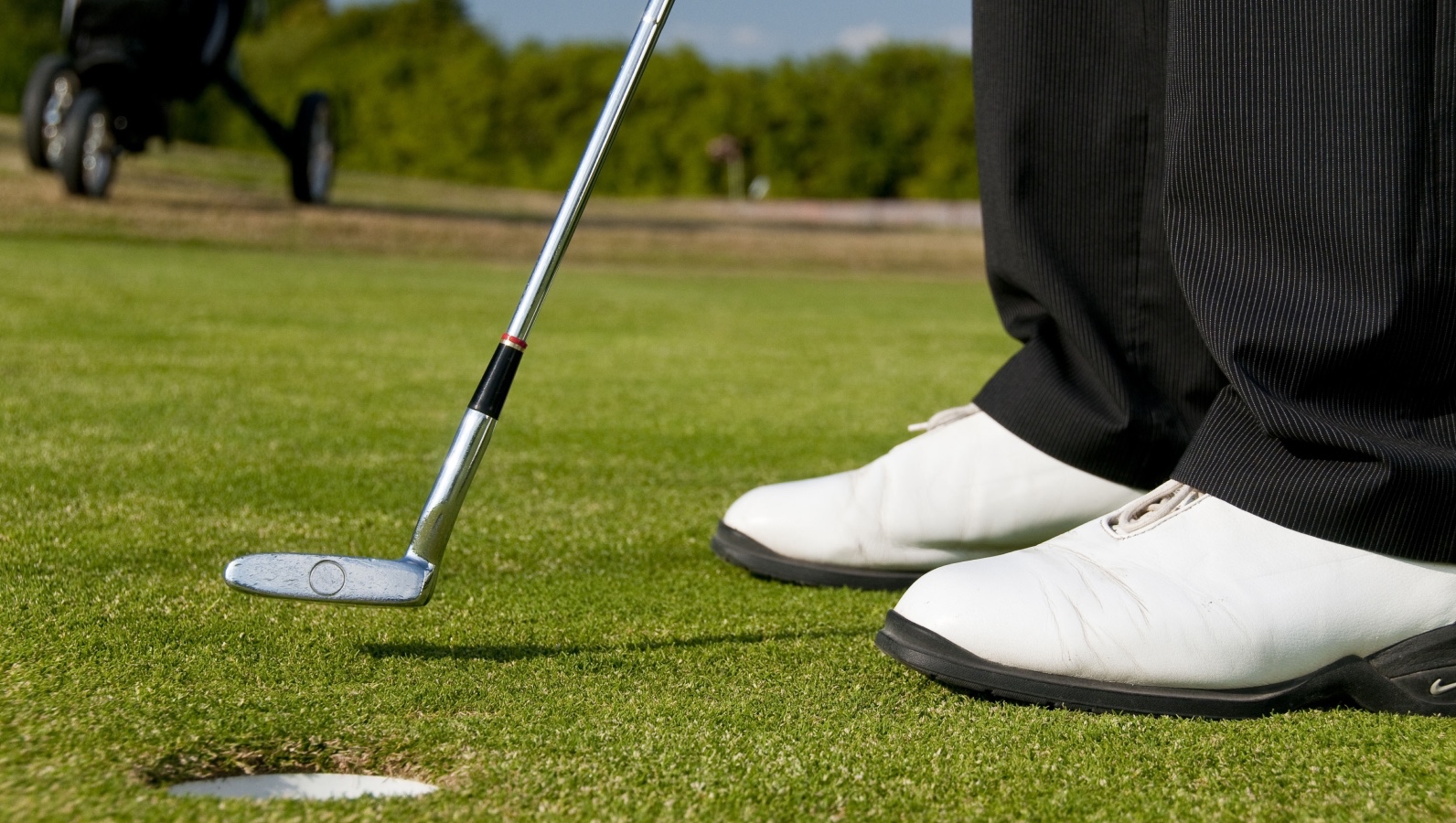A common golf mistake that makes you miss greens

How many times have you driven to your yardage, picked what you thought was the perfect club and it still goes up – leaving you with a tricky lie to scratch and end up setting?
If you’re like me, counting happens a lot. And often, the suspect is a common misconception among amateurs: They don’t know the difference between a carry and a perfect distance – or don’t understand how to use that knowledge on this course.
Understanding the difference between these two data points – and the important role of Carry Earhage – can transform your game, helping you hit more greens and prevent costly mistakes on the course.
Manage the full range of vs
Simply put, distance management is how far the ball flies in the air. Total distance is how far it travels, including any roll or bend after landing. To calculate your management number, launch monitors use constants, such as rotation speed, launch angle and contact quality. The total value, on the other hand, is determined by adding to the dependent variables, or variables that can change from shot to shot, to the slope, the firmness of the ground or the wind.
Stop focusing on negative numbers
Most amateurs are considered the perfect distance, but that can come back during the cycle. Total yardage changes with course conditions.
For example, if you just don’t know your total distance of 9-iron is 142 meters, you can choose it with 107-of the front yard for the problem, I think it’s enough to get there. But, if your average carry is 135 yards, the risk comes when it fades if the ball doesn’t bounce or roll as expected.
Relying only on Yardage Yardage also makes the Club Tricrier collection when adjusting for conditions such as strong winds, strong and fast conditions and temperature changes. By using standard Carry Yardages instead, you will have a consistent base to work from. Helping you make smarter decisions along the way.
How to find them
As someone who, until recently, didn’t know they had intermediate grades, I can tell you that it’s easier to find than you might think – especially if you have access to cutting edge technology.
To determine my carry earhage, I used the complete Swing Kit Swing Kit and focused a lot on my equipment during the practice session. I started with my 9 iron, hitting about 10 shots and noting both the carry and total distance for each. Then I’d dump the sellers – both direct and those “perfect” purples that are so good that they go a few yards to the normal than usual. Once I got a consistent shot set, I added the lows, divided by the number of shots, and just like that, I had my average waves.
After calculating my average distances, I was able to go down a few rounds before my local courses started for winter, and I was very happy with my results. Armed with this valuable information, I had new hope in my game. My course strategy was smart, I made club selections and, as a result, I found myself re-reading those selections in some ways changed on the parsecard.



